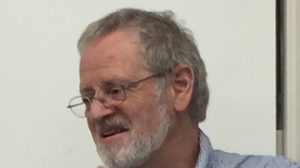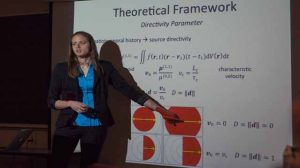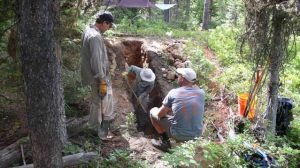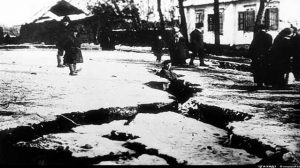Seismological Society of America > News

18 December 2019–Alan Kafka’s career as a seismologist began with a Ph.D. studying earthquakes associated with the Caribbean plate, but “I ended up focusing on the Northeast U.S. (NEUS) for a not-very-exotic reason,” he explains. “I feel at home in the NEUS, and I didn’t want to leave.” “What I … Continue Reading »

16 December 2019–The term “public service” has broad meaning when it comes to the Frank Press Public Service Award, which the Seismological Society of America created to honor outstanding efforts on behalf of seismology and public safety. In part, the award has a broad reach due to the trailblazing and … Continue Reading »

3 December 2019–Each hair-thin glass fiber in a buried fiber optic cable contains tiny internal flaws—and that’s a good thing for scientists looking for new ways to collect seismic data in places from a busy urban downtown to a remote glacier. In Seismological Research Letters, California Institute of Technology seismologist … Continue Reading »

20 November 2019–The terms may seem interchangeable to a layperson, but “hazard” and “risk” mean very different things in earthquake science. A seismic hazard is a natural phenomenon such as the level of ground shaking caused by an earthquake. Seismic risk, on the other hand, refers to the probability that … Continue Reading »

19 November 2019–Hand-dug trenches around Leigh Lake in Grand Teton National Park in Wyoming reveal evidence for a previously unknown surface-faulting earthquake in along the Teton Fault—one occurring about 10,000 years ago. Together with evidence from the site of a second earthquake that ruptured around 5,900 years ago, the findings … Continue Reading »

6 November 2019–The season that an earthquake occurs could affect the extent of ground failure and destruction that the event brings, according to a new look at two historical earthquakes that occurred about 100 years ago near Almaty, Kazakhstan. In a paper published in Seismological Research Letters, researchers conclude that … Continue Reading »






